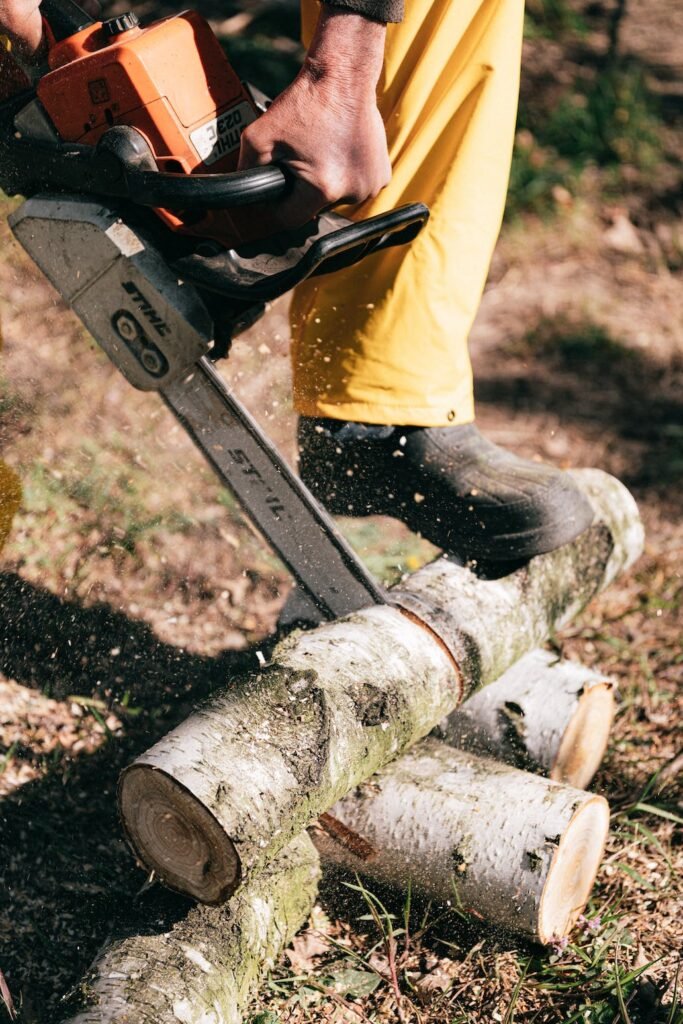In the realm of property management and landscaping, the importance of tree maintenance extends far beyond aesthetics and environmental considerations. One often overlooked yet crucial aspect is the role trees play in property pest control. Trees, when properly maintained, contribute significantly to creating a healthier and more pest-resistant environment around your home or business. In this article, we will delve into the various benefits of tree maintenance for effective pest control.

Reducing Pest Habitats
One primary advantage of regular tree maintenance is the reduction of potential habitats for pests. Overgrown branches and decaying wood provide ideal shelters for various pests, including rodents and insects. By pruning and trimming trees, you eliminate these hiding spots, making your property less appealing to unwanted visitors.
Preventing Pest Infestations
Well-maintained trees are less susceptible to diseases and infestations themselves. Pests often target weak or stressed trees, and proper care, including regular watering, fertilization, and pruning, helps trees stay healthy and resilient. This, in turn, prevents the initial conditions that might attract pests to your property.
Eliminating Pest Highways
Trees can serve as natural highways for pests, enabling them to access your property easily. Overhanging branches can create bridges for rodents and insects to traverse, increasing the likelihood of infestations. Regular tree maintenance, including trimming branches that touch or overhang your property, helps eliminate these pest highways, creating a more challenging environment for them to navigate.
Enhancing Air Circulation and Sunlight Exposure
Proper tree maintenance not only mitigates pest-friendly conditions but also promotes a healthier microenvironment. Pruning allows for improved air circulation and sunlight exposure, creating an atmosphere less conducive to pests. Many pests thrive in dark and humid environments, and by optimizing tree structure, you limit these ideal conditions.
Identifying and Addressing Infestations Early
Regular tree maintenance involves close inspection of trees for signs of disease or pest infestation. Early detection is crucial for effective pest control. Arborists or property owners conducting routine maintenance can identify problems such as insect damage, abnormal growths, or fungal infections. Addressing these issues promptly can prevent the spread of pests and minimize potential damage.
Preserving Ecosystem Balance
A well-maintained tree population contributes to a balanced ecosystem on your property. Trees host a variety of beneficial organisms, including predators of common pests. Birds, insects, and other wildlife attracted to healthy trees can act as natural pest controllers, creating a symbiotic relationship that maintains a harmonious balance in your outdoor space.
Protecting Surrounding Vegetation
Pests that infest trees often have a cascading effect on surrounding vegetation. For example, a tree infested with certain insects may serve as a source for the spread of pests to nearby plants and shrubs. Regular tree maintenance acts as a protective barrier, preventing the unchecked proliferation of pests and safeguarding the overall health of your landscape.
Conclusion
In conclusion, the benefits of tree maintenance for property pest control are multifaceted and integral to the overall well-being of your outdoor space. By investing in regular care for your trees, you not only enhance the aesthetic appeal of your property but also create an environment that is less hospitable to pests. From reducing potential habitats and preventing infestations to promoting ecosystem balance, the positive impact of tree maintenance on pest control cannot be overstated. Consider it an essential component of your property management strategy, contributing to a healthier and more enjoyable living or working environment.